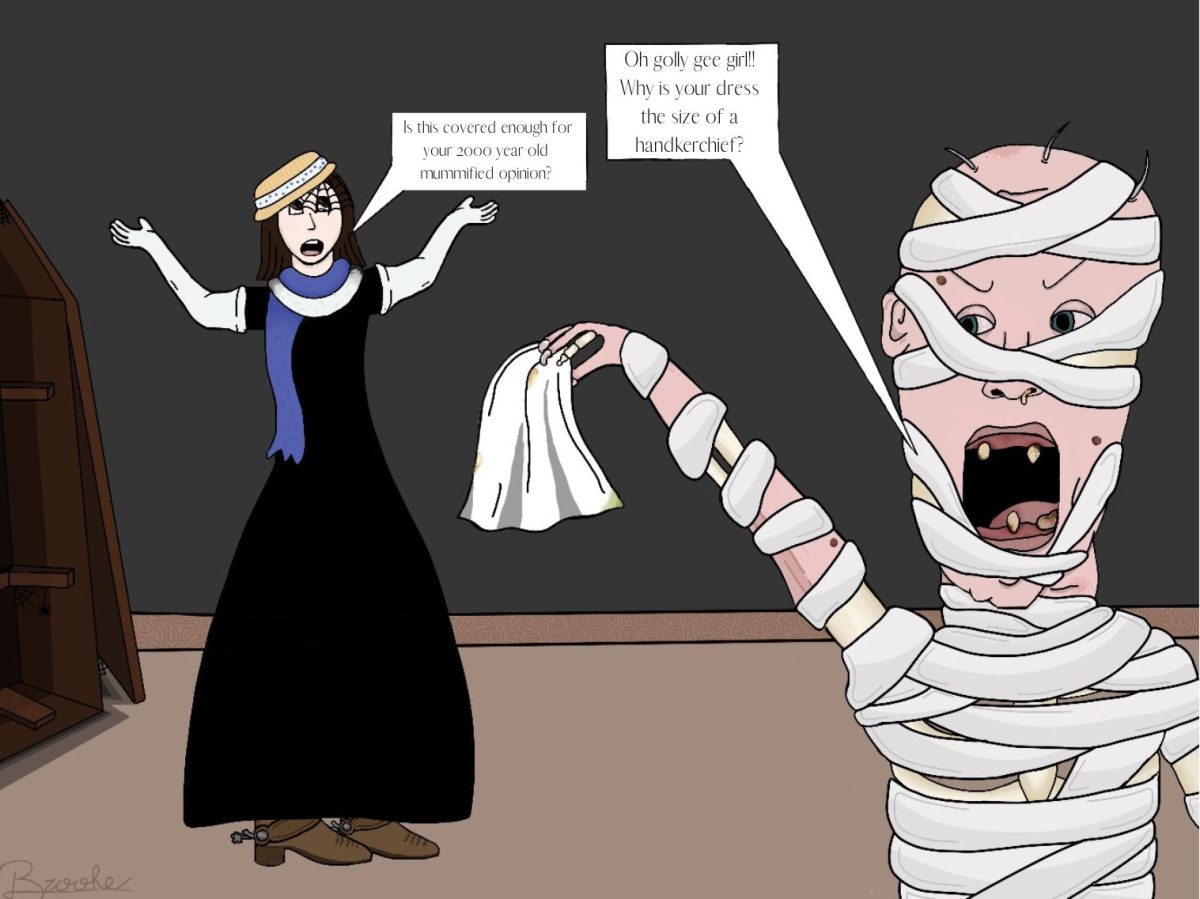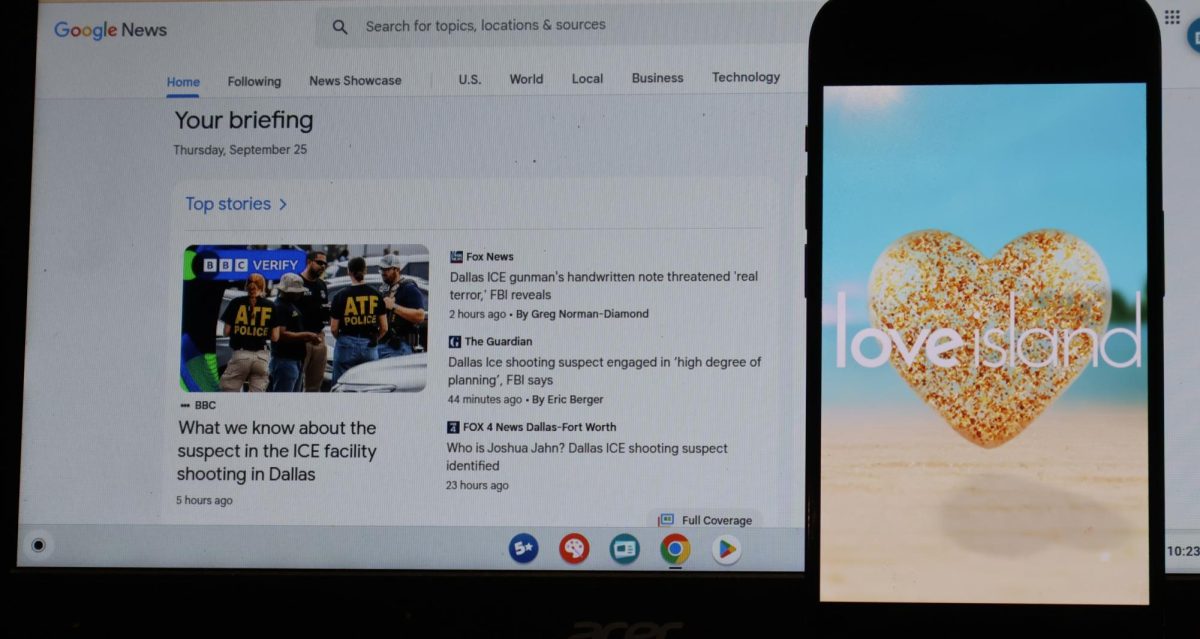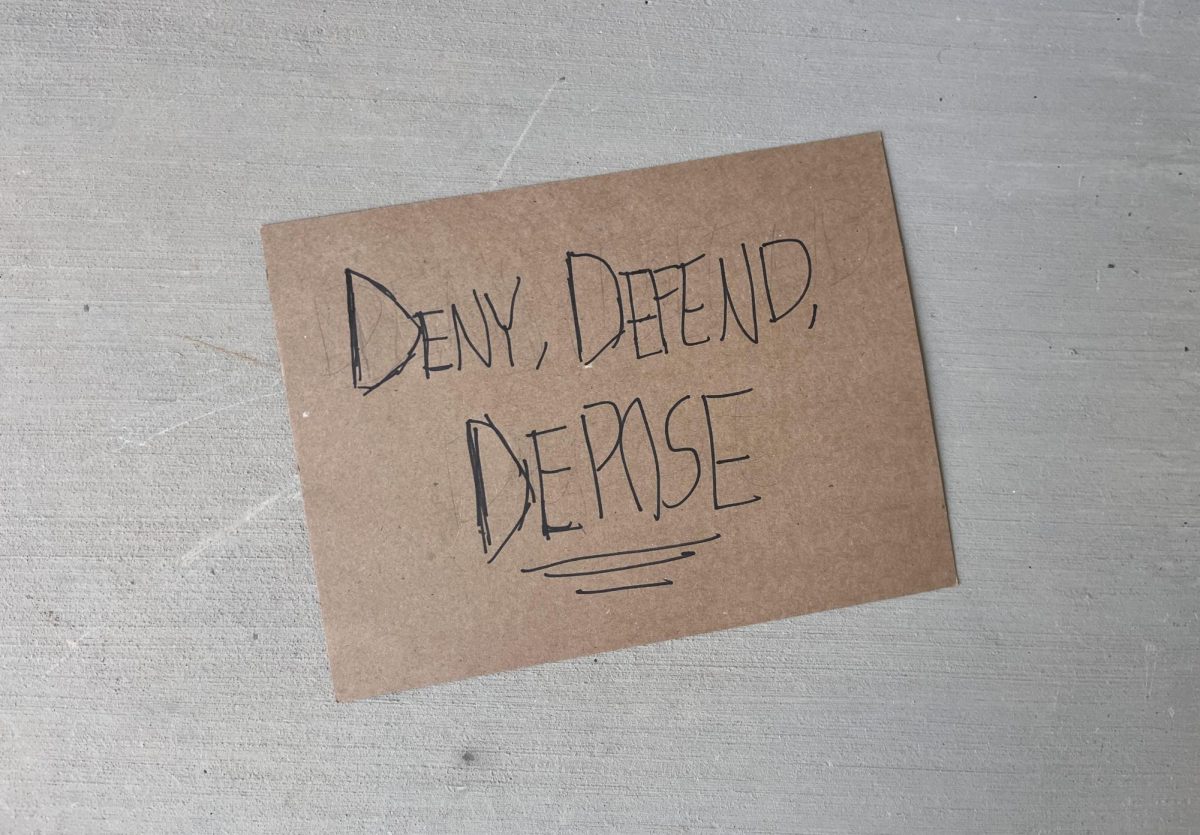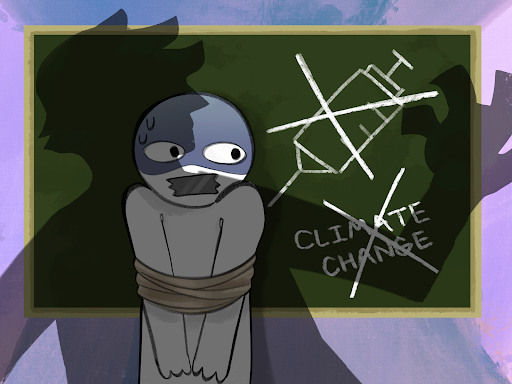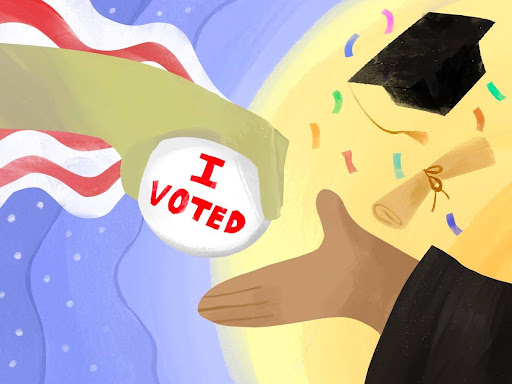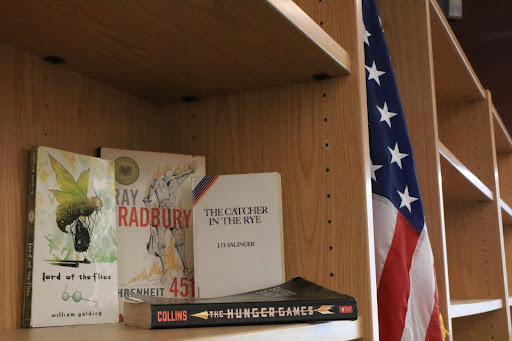With depression and suicidal tendencies spiking nearly a year into the coronavirus pandemic, the conversation over what effects distance learning has had on students’ well-being has taken center stage. For many students, the current school year has been challenging, resulting in changes in their mental health.
For example, suicides among teenagers are up 200% compared to the entirety of the previous year, in just one month. The startlingly high rate of students ending their lives has raised alarms over the effects that distance learning continues to have on students’ mental health. After weeks of distance learning, it couldn’t be clearer that solutions need to be made in combating mental health instability before this spike turns into an epidemic.
According to school counselor Elizabeth Hare, distance learning can affect our mental health in many different ways. Because of schools shutting down, the social interaction between us and our friends has decreased drastically. This affects three key aspects of the mental health components: family, peer acceptance, and stability.
Students struggling with family issues have lost the hours of escape from their home lives, and are now locked in houses and apartments that are potentially psychologically and emotionally abusive. This abuse can have devastating short-term negative consequences in kids’ futures and is sure to inflict significant long-term harm to students. This sort of abuse is likely a factor in increased depression. When students attend school in-person, numerous opportunities are given to either socialize with other students, find appropriate help for their situation, or enjoy the time spent in school to ease tensions in the mind.
In terms of peer acceptance, in-person schooling fosters relationships that promote peer acceptance. Distance learning restricts the ability for some people to interact with others physically. Without having genuine and warm interactions with friends, issues like feelings of worthlessness and misery can be exacerbated. Those who were already struggling with symptoms of depression are likely doing worse now, with quarantining being a public health requirement for nearly a year now. Even introverted students who aren’t keen on social interaction are likely hurt by the absence of socialization.
Moreover, the infrastructure just isn’t there to support general stability, especially with regard to general mental health problems. While CCSD students can use the Suicide Prevention Lifeline, Kids in Crisis or Mobile Crisis Response Team, the average spending for mental health issues per capita only equates to a measly $4.60, compared to the recommended $10. This puts Nevada in the lowest health ranking in the United States. The state needs to make a point of putting more effort into combating youth depression and suicidal tendencies, such as subsidizing therapy to the point that it’s free, at least for the remained of the lockdown.
On a smaller scale, a more doable and realistic solution is for the district to mandate that teachers engage students in more group work. Group work allows students to learn together, remedying (even if not fixing) the issue of people feeling more and more isolated from their friends. According to the University of Waterloo, group work encourages active learning, communication, key-critical thinking, and decision-making skills. Plus, students won’t feel as lonely when they’re a useful part of a fully functional and communicating unit.
Another realistic solution would be the effort of promoting school clubs and activities. Because of social distancing, there are many obstacles that have affected clubs dramatically, such as not being able to volunteer at events or do physical activities. However, with enough promotion, organization, and funding, clubs can find alternative methods in engaging members, such as online tournaments or digitalized gaming services. They also present opportunities for students to bond with others who share similar interests, even if it’s being conducted online.
Shutdowns due to COVID-19 have been an awful and borderline traumatic experience for vast parts of the country, and distance learning has proven to be another problem for students nationwide. Unfortunately, in the absence of a vaccine, there likely isn’t a realistic way of returning to in-person schooling with COVID-19 raging out of control. However, that doesn’t change the fact that with enough effort, we have the potential to fight the epidemic of depression smartly and effectively. And even if it just means one fewer grieving mother, one fewer heart-broken father, it’ll be worth it.

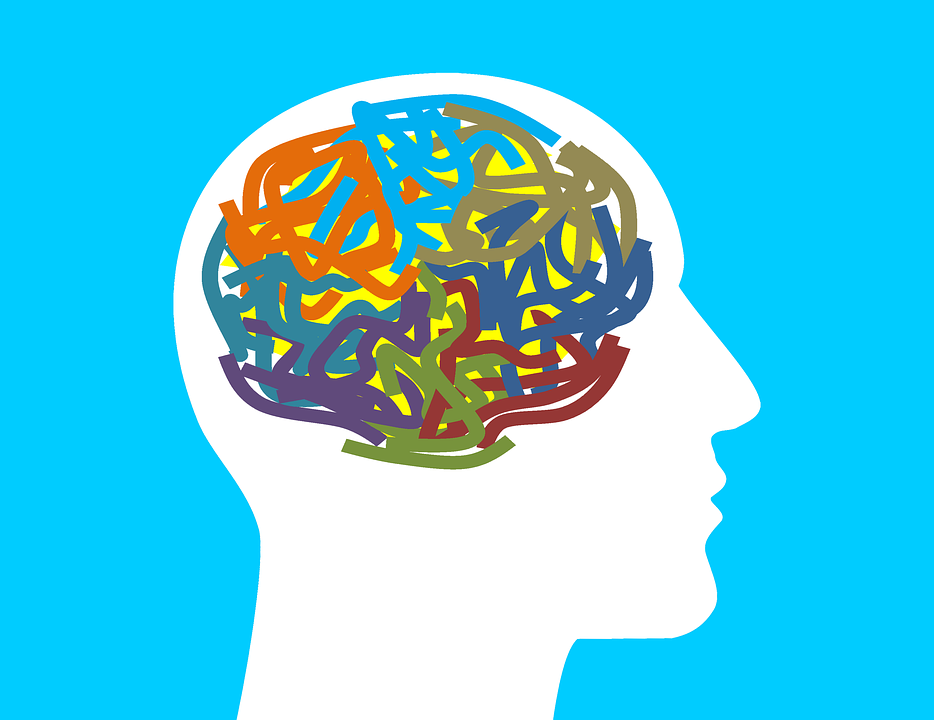

![Arranging the fabric on the floor for a new project, senior Sapphyre-Ann Leung plans out her attire for the next deadline. With the recent closures, students now had limited resources and less margin for error with the fabric and materials they had in stock while trying to reach strict deadlines. “Joann’s had a lot of high-end fabric for our fashion competitions,” Leung said. “We couldn’t just buy ten yards of fabric from Hobby Lobby or Walmart. Since [Joann Fabrics] is no longer open, we have to buy items online, which is way more expensive.”](https://southwestshadow.com/wp-content/uploads/2025/10/IMG_0038-1200x800.jpg)






